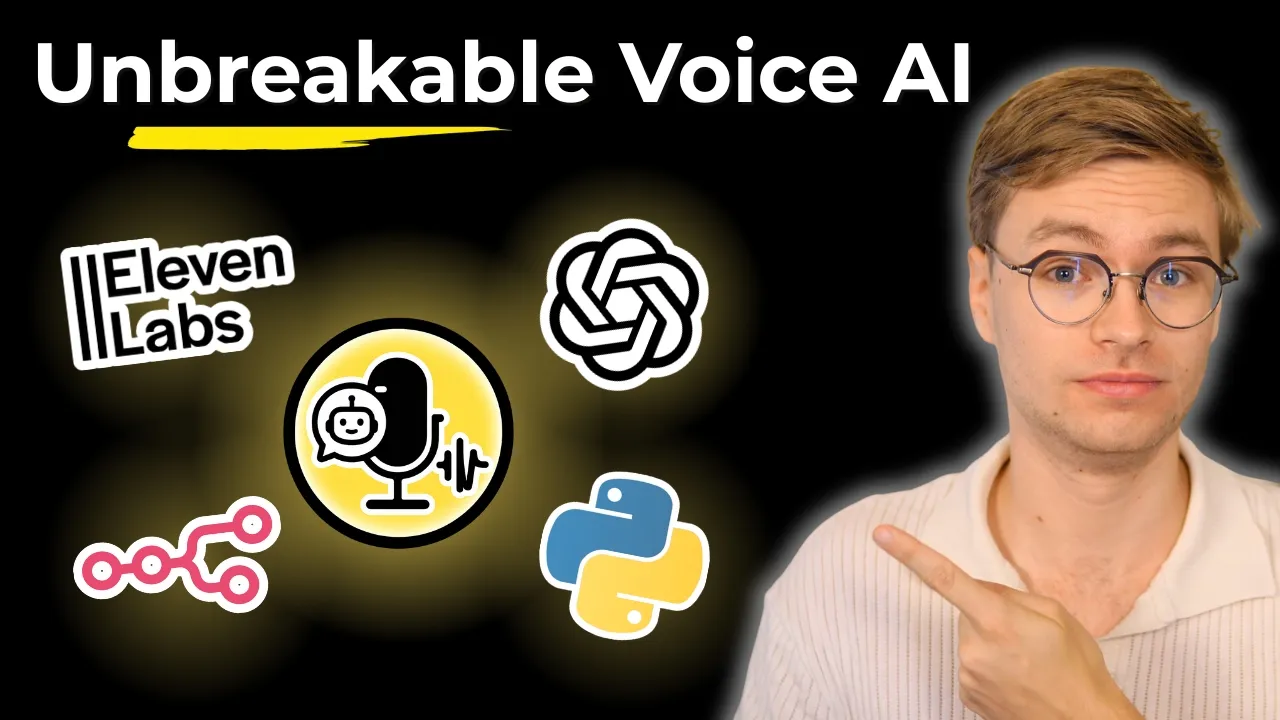AI Voice Agents for Manufacturing and Supply Chain
Manufacturing and supply chain teams coordinate suppliers, plants, and distribution partners around the clock. Human schedulers cannot cover every shift change or shortage alert. Most AI voice tools claim they can help but crumble when a vendor mixes quality issues, shipment ETAs, and compliance documents. In the video, the unsupervised agent ignored a frustrated caller because it focused on the original prompt. Floor managers see the same failure when callers stack multiple order numbers and escalation requirements. The moderator loop fixes it by supervising the conversation, comparing each turn to a shared checklist, and guiding the agent toward a precise resolution.
Why Supply Chain Calls Need Moderation
Operations rely on structured data: part numbers, production runs, and logistics milestones. A single prompt cannot hold it all once the caller adds more context. The voice bot forgets to log lot codes, skips corrective action steps, or routes suppliers to the wrong facility. That is how production lines starve and costs spike.
Pairing the agent with a moderator keeps the call disciplined. In the demo, the moderator nudged the agent to acknowledge frustration and capture improvement ideas. Applied to manufacturing, it ensures the agent confirms purchase order data, records quality deviations, and triggers escalation to planners when timelines slip.
Build the Manufacturing Checklist
List the information every supply chain call must capture:
- Purchase order numbers, part identifiers, and production phase
- Current status such as shortage, defect, expedited shipment, or schedule adjustment
- Compliance requirements covering safety, regulatory documentation, or audit trails
- Next steps including resupply timelines, corrective action owners, and review meetings
Place this checklist inside the shared prompt so the moderator can flag gaps instantly. When the agent forgets to ask about containment steps for a defect, the moderator suggests a targeted question instead of replaying the script. This structured approach mirrors AI Agent Development Practical Guide for Engineers.
Keep Tone Professional Under Pressure
Suppliers and plant leaders want clarity without excuses. The moderator protects that tone by coaching the agent to:
- Acknowledge downstream impact and outline immediate actions
- Reinforce policy requirements without sounding bureaucratic
- Offer human escalation when production timelines or compliance are at risk
Those cues shifted the tone in the demo, and deployed across supply chain hotlines they keep relationships intact even when schedules slip.
Turn Calls Into Operational Intelligence
Structured transcripts expose recurring defects, bottlenecks by supplier, and emerging demand signals. Procurement can renegotiate contracts, production planners can adjust capacity, and logistics teams can preempt freight surges. Pair these findings with AI Agent Evaluation Measurement Optimization Frameworks to track impact on on-time delivery, downtime reduction, and supplier scorecards.
Deploy in Controlled Phases
Start with internal coordination calls between plants and distribution centers. Compare moderated conversations to human schedulers, review coaching logs with quality teams, and refine the checklist alongside compliance officers. Once the agent matches human performance, extend it to supplier hotlines, inventory updates, and after-hours coverage. Maintain prompt accuracy using AI Agent Documentation Maintenance Strategy.
Next Steps
Watch the video walkthrough to see how the moderator packages checklist status, coaching, and suggested prompts. Then adapt the loop to your manufacturing control tower. Inside the AI Native Engineering Community we share supply chain scripts, escalation matrices, and deployment guides. Join us to build AI voice agents that keep your production schedule on rhythm.

